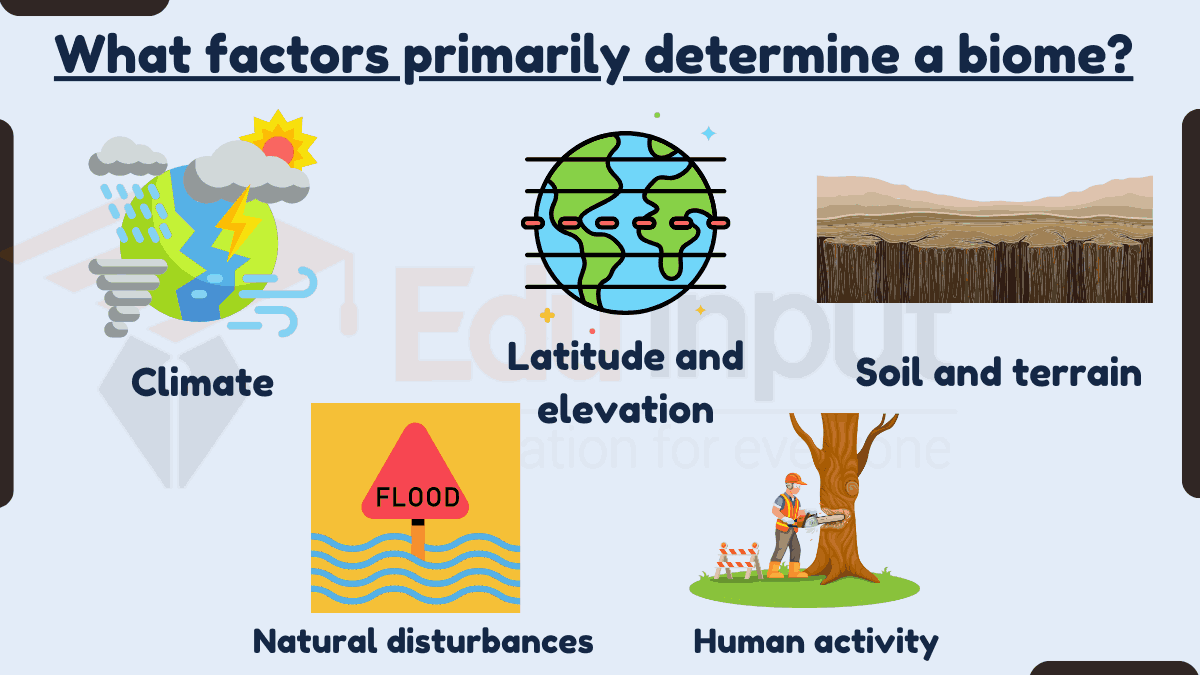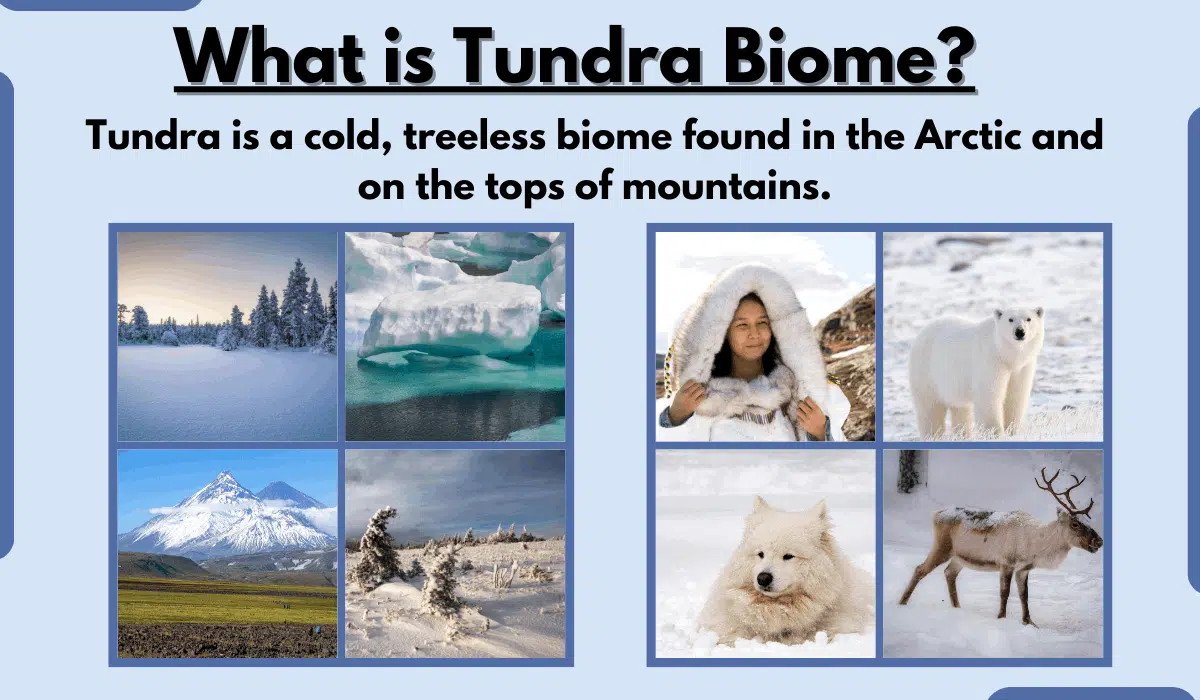How Do Biomes Change Over Time?
Biomes are constantly changing due to factors like climate change, geologic events, evolution, and human actions, both over short and long periods. Their makeup is not fixed or static. Over time, ecological changes will occur.
Their makeup is not fixed or static. Given enough time, ecological changes will occur.

Also learn: What factors primarily determine a biome?
Factors Why Biomes Change Over Time
Biomes can change over time due to both natural and human-influenced factors:
1. Climate Shifts
Over time, temperature, rain, and weather patterns can change. This can cause biomes to grow, shrink, or become new types of biomes. For example, if the climate warms, a tundra could become a taiga.
2. Catastrophic Events
Wildfires, floods, volcanic eruptions, and severe storms can quickly change biomes by destroying plants, changing the land, and making way for new species to live there.
3. Evolution and Migration
As plants and animals evolve and move to new places over generations, they can bring new traits and relationships to a biome, changing the way it works.
4. Plate Tectonics
Over very long periods of time, the continents slowly move, changing the places where biomes are found as landmasses move to different latitudes and climates.
5. Sea level fluctuations
Rising or falling sea levels caused by ice ages and warming can expand or shrink coastal biomes.
During ice ages, large amounts of water are trapped in glaciers and ice sheets. This causes sea levels to fall. When the ice melts, sea levels rise again.
Global warming is causing the Earth’s temperature to rise. This is causing the oceans to expand and glaciers and ice sheets to melt. Both of these factors contribute to rising sea levels.
6. Human Activities
Deforestation, farming, overhunting, urbanization, and the introduction of invasive species can all cause a lot of damage to native biomes in a relatively short time. Pollution also damages biomes.
7. Ecological Succession
After a major disturbance, a biome will naturally go through a series of community changes called ecological succession as new species establish themselves over time.
Over time, the new community will change until it reaches a climax community, which is the most stable and mature community for the given environment.
8. Continental drift
Continental drift is the movement of continents over time. As continents move, they can carry biomes with them. For example, when North America and South America collided, they created mountains that blocked the flow of moisture from the Pacific Ocean.
This led to the development of the Great Plains in North America, which is a biome that is very different from the rainforests that are found on the eastern side of the continent.






Leave a Reply